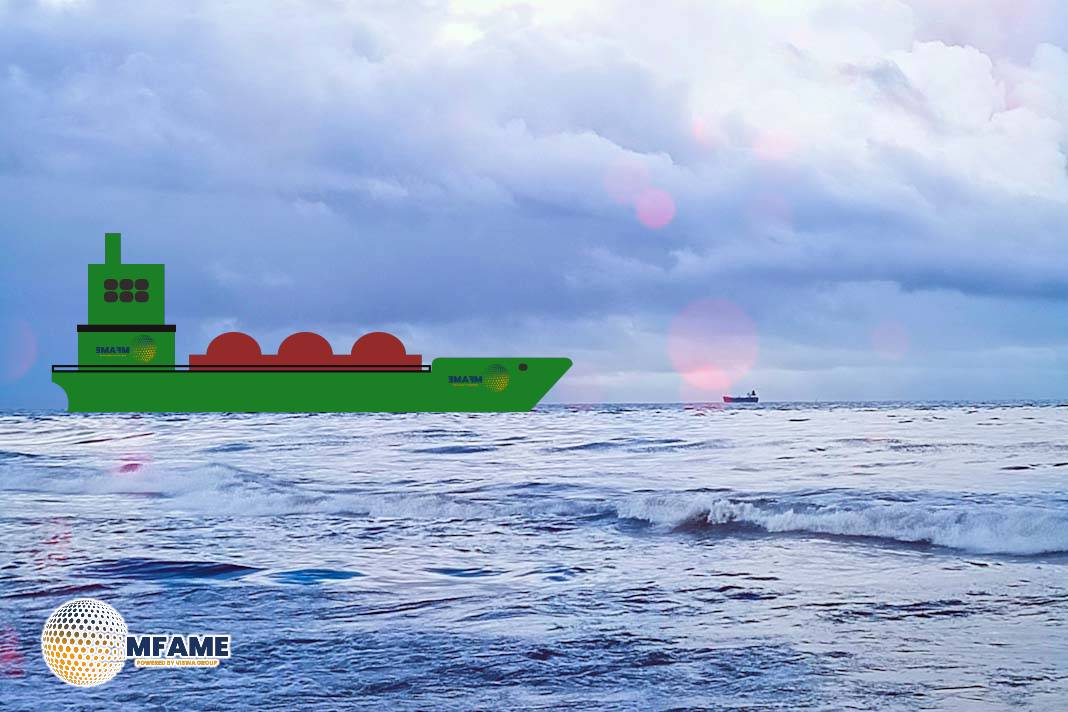The Tokyo Memorandum of Understanding (MoU) has issued a safety bulletin and launched a focused inspection campaign to address increasing risks associated with improper pilot transfer arrangements on vessels.
Sharp Increase in Deficiencies and Detentions
Between 2020 and 2024, the number of deficiencies related to pilot transfer arrangements grew significantly—from 197 in 2020 to 523 in 2024. Detentions also rose from just one to twelve over the same period, highlighting a concerning trend in non-compliance and safety oversight.
Focused Inspection Campaign – February 2025
During a dedicated inspection campaign in February 2025, authorities inspected 2,357 vessels. They discovered 176 deficiencies across 169 ships and detained three vessels for serious violations. This campaign reinforced the need for more stringent practices and training related to pilot transfers.
Common Hazards in Pilot Transfer Setups
The most frequent issues observed included:
- Ladders not properly secured or rigged
- Stanchions not correctly locked
- Confusion between pilot ladders and other types of ladders
- General complacency in routine maintenance and inspection
These deficiencies increase the risk of serious accidents for pilots and crew during embarkation or disembarkation.
Regulatory Framework
Proper pilot transfer arrangements are governed by international regulations, which set standards for design, rigging, certification, and use. These standards dictate that:
- Pilot ladders must be used when the climbing distance is between 1.5 and 9 meters
- Ladders must meet strict design and construction criteria
- Only certified, compliant ladders should be used
The regulations also require that ladders be maintained in good condition and rigged in accordance with specific safety guidelines.
Training, Familiarization & Maintenance Responsibilities
To ensure safe operations, crews must:
- Be able to recognize proper pilot ladders and distinguish them from other ladders
- Follow correct rigging procedures based on international safety standards
- Conduct regular inspections of all equipment used for pilot transfers
- Avoid routine complacency and always follow documented procedures
Ship operators must incorporate pilot ladder maintenance and rigging protocols into their Safety Management System (SMS) and Planned Maintenance System (PMS). Flag States and surveyors must verify compliance and crew knowledge during inspections.
Proactive Recommendations for Safety
The Tokyo MoU recommends the following actions:
- Perform immediate physical inspections of existing pilot ladder setups
- Conduct regular maintenance and crew training sessions
- Seek expert advice if unsure about the suitability of transfer arrangements
- Emphasize that rigging safety is a shared responsibility between owners, operators, masters, and crew
- Replace any damaged or non-compliant ladders without delay
Did you subscribe to our Daily newsletter?
It’s Free! Click here to Subscribe!
Source: Tokyo MoU



















